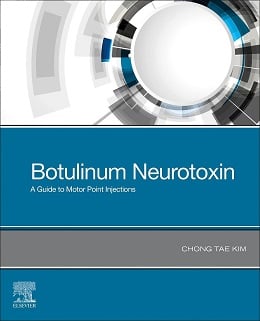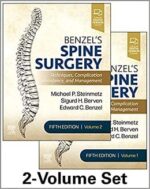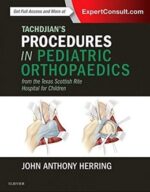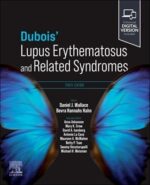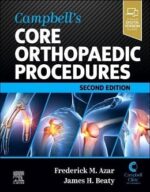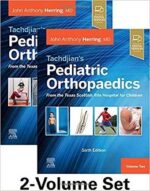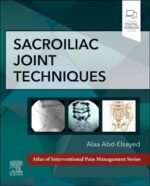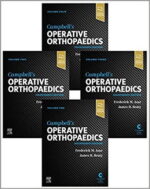A practical, how-to guide for both new and experienced clinicians, Botulinum Neurotoxin: A Guide to Motor Point Injections identifies the correct motor points for botulinum neurotoxin (BoNT) injections for non-cosmetic purposes such as muscle dystonia, muscle spasticity, teeth grinding, or drooling. Dr. Chong-Tae Kim expertly guides readers through the efficient blocking of neurotransmitters using BoNT, identifying target muscles and clearly demonstrating how to identify optimal insertion points.
- Covers both the upper and lower extremities and how to select target muscles for specific deformities.
- Includes illustrations and photographs to illustrate muscle relationships and correct insertion points.
- Uses consistent labelling and coding throughout to provide an easy-to-follow, image-guided approach.
- Presents information in two parts: Part 1 covers BoNT injections to individual motor points of muscles of the face, neck, trunk, and extremities, along with superb visual guidance. Part 2 discusses how to select target muscles for BoNT injections to treat deformities caused by muscle hyperactivity.
- Consolidates today’s available information on this timely topic into a single, convenient resource
“This book is a comprehensive reference guide for residents and physicians who are looking for a resource for using surface anatomy to identify motor points for chemodenervation. It includes all of the commonly injected muscles for spasticity and dystonia, as well as the less common muscles (for example, the head and neck). It also provides additional tips for each muscle to facilitate successful injections. It includes different deformities and patterns of spasticity/dystonia, which other books generally do not include.”
©Doody’s Review Service, 2022, Vivian C Roy, MD (Shirley Ryan AbilityLab)
